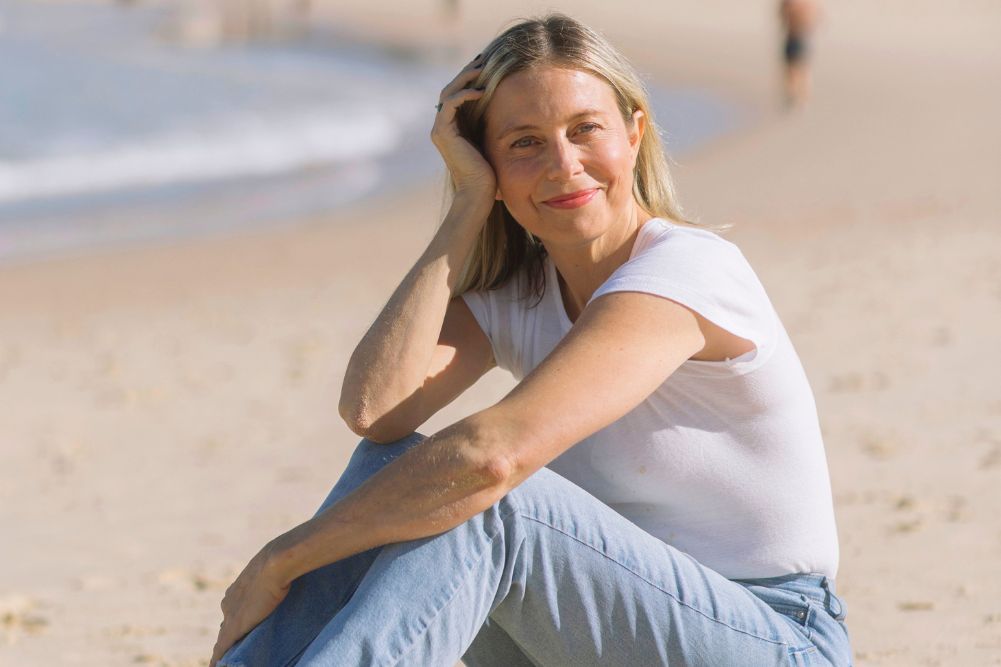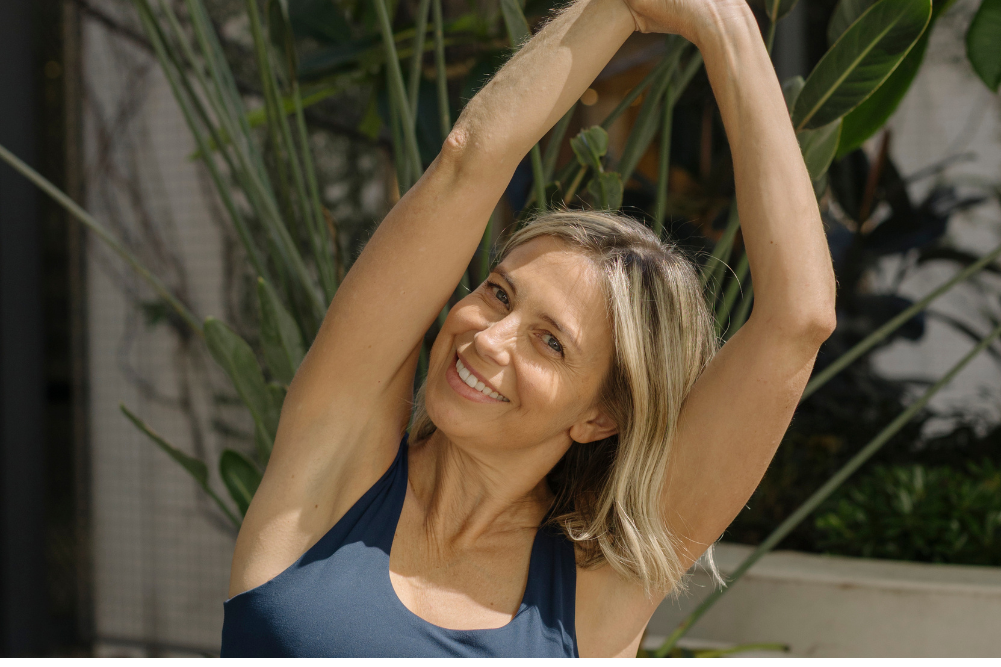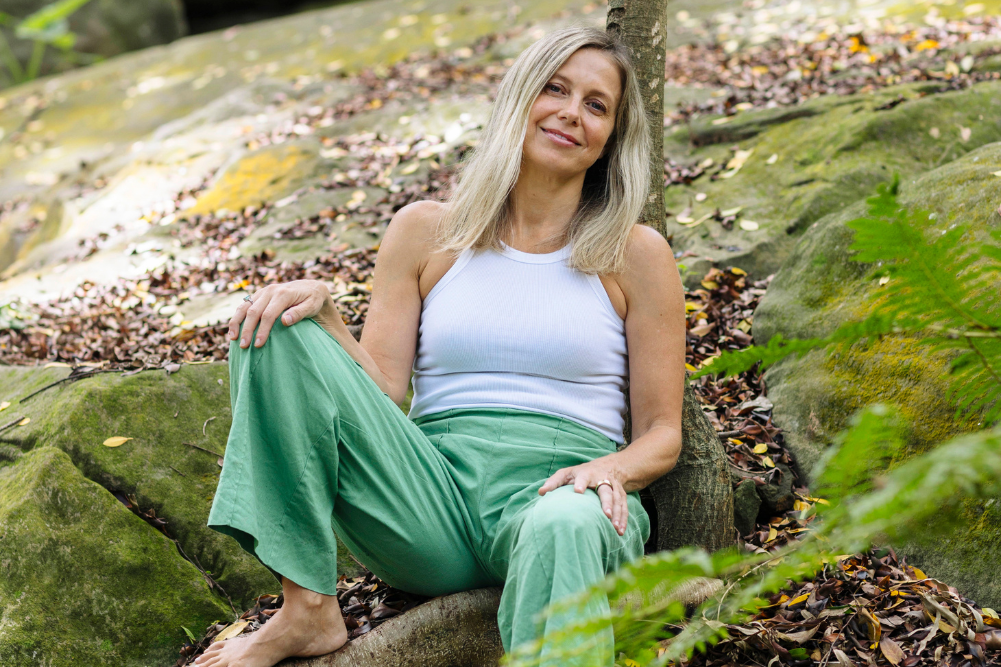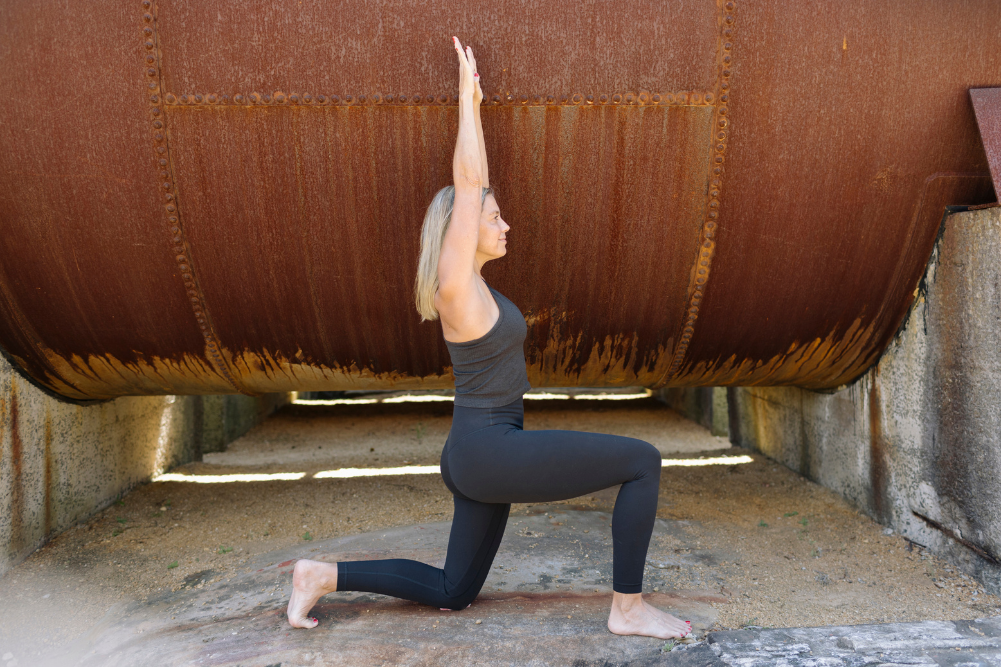Yoga for compassion
If everyone consciously practised compassion, the world would be a happier place. Yet defences flare in place of compassion when feeling overwhelmed by the enormity of others’ suffering. However, when you pause and allow in the suffering of others with tolerance, without becoming that suffering, you discover that compassion is human nature and has tremendously positive effects on who you are. The Dalai Lama says, “If you want others to be happy, practise compassion. If you want to be happy, practise compassion.”
Compassion is a feeling of deep sympathy and sorrow for another, accompanied by a strong desire to alleviate their suffering. It is not pity, being paralysed by another’s suffering, or helping out of duty without empathy. Compassion moves you to action, is free of judgment and criticism and utilises wisdom that comes through spiritual practices such as yoga.
In The Yoga Sutras, Patanjali refers to compassion (karuna) towards those who are suffering as one of the four brahmavihara: ways of being in relationship with others. The other three ways are to rejoice with the happy, be friendly to the virtuous, and be impartial to the faults and imperfections of others.
One of the five kleshas (causes of suffering) is asmita — seeing yourself as separate or divided from the rest of the world. Patanjali explains that this separation is an illusion and creates suffering. It can also immobilise you from performing compassionate acts. However, with regular practice you begin to honour spirit in every living being so that compassion becomes about assisting another as a part of your own self. This enhances your life and brings spiritual wealth and peace to you.
Compassion moves you to action, is free of judgment and criticism and utilises wisdom that comes through spiritual practices such as yoga.
Difficulties that arise with others become opportunities to work with the ethics of yoga. By practising non-violence (ahimsa), truthfulness (satya) and non-possessiveness (aparigraha) — in thought, speech and action — towards someone you are having trouble with, then applying detachment to the outcomes (vairagya), you are more able to maintain a calm state of mind and refrain from getting caught up in an argument. This opens you to greater clarity of the situation so you see the other is suffering. Then, using the powerful practice of asana (postures) and pranayama (breathing), you cleanse and discipline your mind, thereby grounding and calming you, to actively utilise the wisdom needed to better deal with the situation.
Asana practice makes you intimate with your own pain in a safe way so you are open to the pain of others. A lack of compassion may have deeper reasons behind it. It may be that to provide compassion to others lets your guard down so much that painful experiences you have not dealt with come flooding to the surface, leaving you feeling vulnerable. These are times when a regular yoga practice can assist you to heal past hurts and help move you through current difficulties.
If you are in need of compassion, connect with all those in the world who may be suffering in a similar way. Understanding that others are suffering like you helps you to feel connected and not alone in your particular challenge, making it easier to deal with.
If you see someone suffering (whether loved one or stranger), hold an image of them as you let go into your yoga poses. Dedicate your practice to alleviating their suffering and ask for the wisdom to act compassionately for this individual. When you allow space for it, this wisdom will reveal itself. Compassionate acts aren’t always about giving money. The connection and care you give to another are tremendously healing in themselves.
Starting a compassion practice
Begin each day with a moment of stillness and cultivate compassion for others in the day ahead. Sit quietly in a cross-legged position with a straight spine. Take your awareness inward to focus on your breath. Chant Aum (Om) three times. Bless this day and express gratitude for all you have in your life. Allow tolerance and fearlessness to enter your being.
Say, “May I be an expression of peace in every moment throughout this day. May I develop awareness and have the opportunity to practise compassionate acts with wisdom in relationship today. May all beings everywhere be free of suffering. May they be happy. Om shanti, shanti, shanti (peace).” Then sit for a few moments in silence, allowing these words to resonate through you.
Throughout the day, slow down. Notice the people, your surroundings and environment. Breathe. Allow yourself some space every day for spirit. Consciously practise using the yamas and niyamas (ethical precepts) and the four brahmaviharas in thought, word and deed. Become aware of where you lack compassion. This self-enquiry is crucial to bringing about a change of habit in your dealings with other people.
At the end of the day, check in with how successfully you managed to embody peace and compassion. Treat yourself with kindness and enquire where you could have acted with more compassion. Be thankful for every moment as an opportunity to live a compassionate life and become serene and benevolent.
What is restorative yoga?
Restorative yoga uses props and involves staying in each pose for at least a few minutes. It gives you the space to slow down and feel nurtured, to allow layers of tension to melt away. When you rest deeply in the poses it frees your mind from stress, balances your sympathetic (fight-or-flight) and parasympathetic (rest-and-digest) nervous systems and restores your being.
This restorative yoga sequence helps cultivate compassion with supportive backbends that gently open your heart to emotion in a nurturing way. Begin with the compassion contemplation listed above. Finish with the meditation listed below as a powerful agent for change in your life.
Note: Many of these poses are not suitable during pregnancy.
Props
You need a mat, a strap or belt, two firm blankets and two bolsters. If you don’t have bolsters, use three additional blankets or beach towels in place of each and fold neatly to the height and length of the bolster shown. Ensure there are no kinks in your bolster shape so you are lying over an even surface.
The poses
1. Supta Baddha Konasana: Reclining Bound Angle Pose
Place a three-fold blanket on a bolster as a firm pillow. Sitting with buttocks against the back of bolster, bend your knees and place soles of feet together. Loop the strap around the hips near the sacrum (not lower back), over the top of the thighs and under the ankles. Pull the strap to a comfortably tight position. Gently recline back over the bolster on an exhalation. Adjust position of blanket so it is under your head and neck, not your shoulders. Rest your arms to the sides, palms up. Allow your body and mind to rest deeply as you naturally lengthen your breath and sigh tension away. Feel your chest opening as you relax into the bolster. Rest for a few minutes, slowly come up to sitting and remove the strap.
2. Mountain Brook Pose
Position a three-fold blanket and a half-folded, tightly rolled blanket on your mat. Lie over them, adjusting accordingly so the rolled blanket sits under your shoulder blades and the three-fold blanket becomes a pillow for your head and neck. Place the bolster under your knees. Bring the arms out to the sides at shoulder height. Rest deeply, breathing slow, steady breaths as your upper back softens and releases into the pose. If uncomfortable, reduce the height of the rolled blanket then continue the pose. Stay in the pose for a few minutes if you can, then release by removing the rolled blanket and lie flat for a few moments to neutralise the spine.
3. Supported Setu Bandha Sarvangasana: Supported Bridge Pose
Position two bolsters lengthways on the mat. Sitting on bolsters, strap the thighs together just above the knees to secure internal rotation of the femurs (thigh bones). Lie over the bolsters so the edge is pressing against your mid-thoracic spine and your shoulders and head are resting on the mat. If your lower back feels uncomfortable in the pose, bend your knees up, resting your feet on the bolster. Allow this backbend to open you emotionally and provide space in your life for compassion for the self and others. Breathe into your heart centre with love. To release from the pose, gently come off the bolsters, remove the strap and lie flat for a few moments to neutralise the spine.
4. Reclining Twist With a Bolster
Sit with the side of the left hip touching the edge of the bolster, knees bent, feet together and swung behind to the right. Gently twist the torso to face the bolster. Inhale. On exhalation, fold your body over the bolster. Turn your head to the left. Stay in the pose for a few minutes, then release and repeat on the other side. If you need more height, place additional blanket(s) on the bolster.
5. Forward Virasana Hugging Bolster
Sitting on the knees facing the bolster, separate your knees to the width of the mat and bring your big toes to touch. Bring the bolster in between your legs. Inhale. On exhalation, pivot from the hips and fold yourself over the bolster. Turn your head to the left. Wrap your arms around the bolster, hugging it. After a while, turn your head to the right. Slowly release from the pose.
6. Viparita Karani: Legs Up the Wall
Line up the bolster or folded blankets close to the wall on your mat, leaving a small gap between the wall and the bolster. Sit sideways on the edge of the bolster with the left hip touching the wall. Bring the legs up the wall as you bring the head and shoulders to rest on floor. Adjust so the buttocks are touching the wall. Strap the thighs together just above the knees to allow you to rest deeply into the pose. Apply compassion and love to yourself as you give over to the healing benefits of this pose, flushing your circulatory system and detoxifying your body and mind, refreshing and balancing your energies.
7. Savasana: Relaxation Pose
Lie on your back with the bolster under your knees to further relax your body into the pose, palms facing up on the floor. Scan your body and consciously release tension from the feet up. Then keep your mind focused on your breath. Breathe compassion into every cell in your body.
Meditation for compassion
The Dalai Lama speaks of a meditation called “the practice of giving and receiving”. It helps bring compassion for all beings, including those you don’t know. He explains, “Visualise taking upon yourself all the suffering, pain, negativity and undesirable experiences of other sentient beings and giving away or sharing with others your own positive qualities, such as your virtuous states of mind, your positive energy, your wealth, your happiness and so forth.” This contemplation enhances your feelings of compassion, which is necessary before acting to alleviate another’s suffering.
Other uses of yoga to increase compassion
You can add a chant to help increase compassion in your life, such as the Tibetan Buddhist compassion chant, Om Mani Padme Hum (roughly translates to “the jewel is in the lotus”). This chant during difficult moments can transform your mind for compassion over time.
Try displaying pictures of inspirational figures who embody compassion, such as the Dalai Lama, Jesus, Mahatma Gandhi, Mother Theresa, the Goddess Tara and Patanjali. Contemplating how they would compassionately deal with your current situation will also bring compassion to you.
There are endless opportunities to give back with yoga philosophy guiding your compassionate acts. You can raise money through yoga classes for charities such as Yoga Aid. The Hare Krishnas apply yoga of compassion through their free and blessed food-relief program, Food for Life, to the homeless and others in major cities throughout Australasia and the world. The karuna acts of Sivananda Math aim to promote self-sufficiency in poor Indian communities. These acts are not seen as charity but “the worship of God in human form based upon the highest vedantic teachings of Atmananda”.
Consider where you can use your unique talents for compassion in the world. Start simply, do the practices and feel greater happiness and peace enter your life. As Donna Fahri says in Yoga for Everyday Living, “We are all living the same life.” Compassion for yourself, your loved ones, strangers is equal. We are all the same universal self, merely differing expressions of it.








